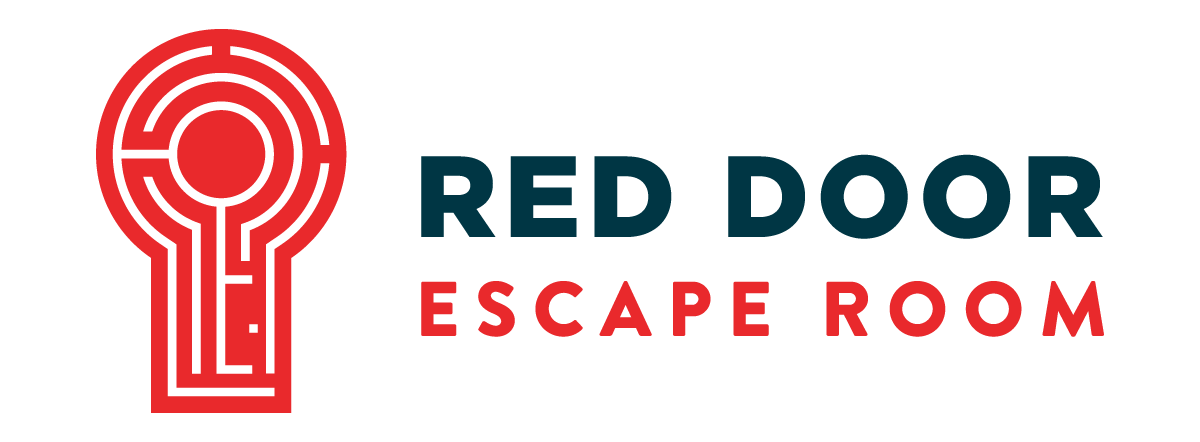If you’ve never heard of design thinking before, the same questions I first had might also be running through your mind right now. Design thinking isn’t only for designers as the name might suggest. Rather, it’s a creative approach to problem-solving that uses the strategies a designer would pull from their mind’s arsenal during the design process.
We’re going to discuss Stanford’s simple five-stage model to understand this iterative process called design thinking:
1. Empathize
Instead of forming assumptions, develop an empathetic view of the problem at hand. One of Red Door’s core values is “people over profit.” This means we invest everything we can in the people we work with and the people we serve. When problems arise in businesses like ours, we should be looking to connect with people. Empathizing with people simply means trying to understand people: how and why they do things, their wants and needs, their worldviews, and what’s meaningful to them. During this phase, it’s important to be present with the people involved in your challenge. Observe and engage before moving on to the next phase.
2. Define
After you’ve observed and empathized, you’ll be left with a list of information that you can then use to define the problem. This will help you focus on the task at hand. Study what you’ve gathered, and analyze the info to develop the major challenge or problem that needs to be solved. In design thinking the subject is your consumer, so formulate the problem statement by discussing the needs of the subject rather than yourself or the business.
3. Ideate
Time to think creatively! This is when you’ll start generating ideas to use for the last two stages. Sometimes, ideation is easier said than done. Last month, we talked a lot about creativity. There are many methods to help engage your creativity, whether it comes naturally to you or presents itself as a challenge in itself. Use some of these creative thinking exercises to help!
4. Prototype
Turn your ideas into experimental versions of your solutions. This will serve as the early version of your solution, so there’s no need to spend tons of money and time on a prototype. This is also a stage you may revisit after the testing stage, so you won’t want to put in too much work on something that may end up getting scrapped. But do get hands-on! Start building and start actually creating from your armory of ideas. Then you can move on to the refinement stage.
5. Test
This stage will allow you to gather feedback and it can be a reiteration of the Empathize stage. Testing out your prototypes will help you continue to understand your users. Try out your final project. Let this also be a hands-on stage for your users and co-workers to experience your potential solution. Continue to observe. Ask questions and let them ask questions too. It’s a good idea to offer multiple prototypes for testing too so that you can compare feedback and effectiveness.
Remember that just like the creative process, design thinking is also an iterative process. So don’t think you need to follow this method step-by-step. Design thinking is not just for designers and artists, but it’s a great tool for all types of challenges and problems in business and in everyday life! Sometimes we can get stuck on a problem by approaching it in a linear and logical fashion. The next time you feel like you’ve hit a wall, try out this creative approach to problem-solving!


